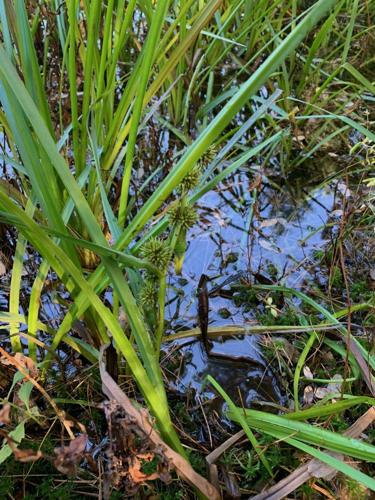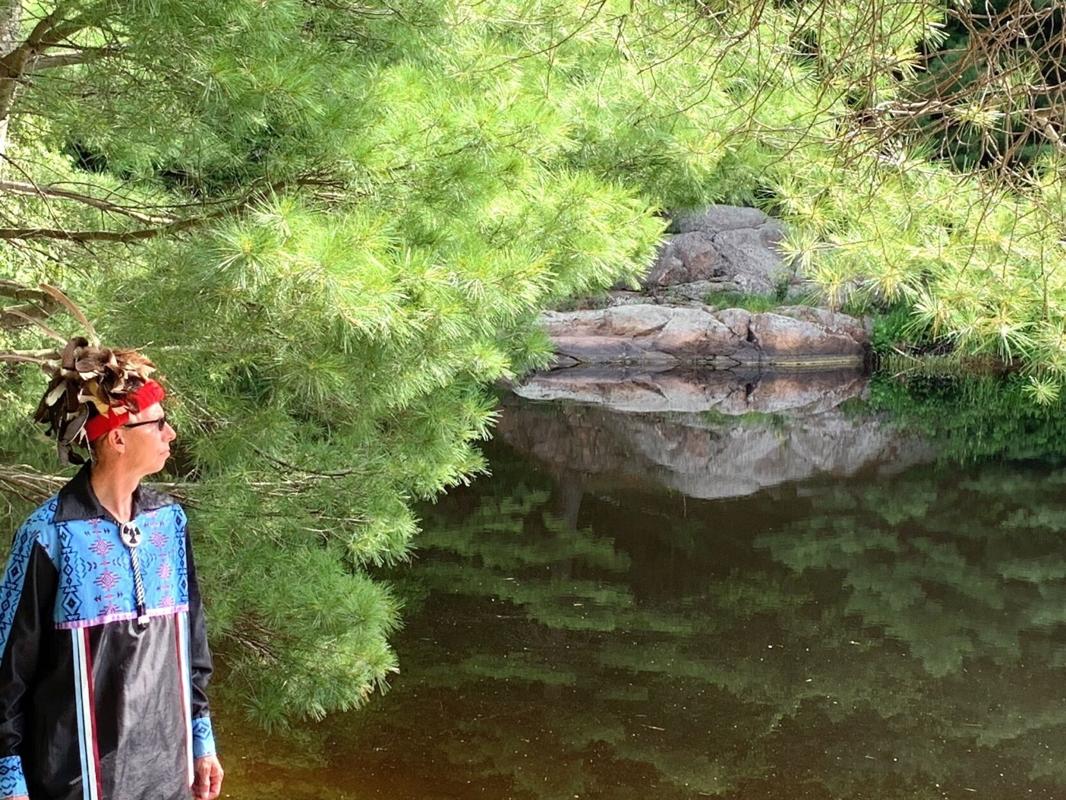An Indigenous Perspective on Watershed Health
By Christopher Stock.

In order to fully understand how Indigenous Peoples view the natural world and our place within it, one must wear a different set of glasses to see the world in a different way. It is much like wearing sunglasses on a bright sunny day to cut the glare, to be able to sharply focus our vision to see our surroundings more clearly.
The natural world is made up of rhythms, cycles, vibrations, frequencies, seasons and interconnectedness. Everything is independent and yet interconnected at the same time. What affects one will affect all of the others, immediately and over time. Such balance and harmony are the foundation of life on Mother Earth. When there is an imbalance, the natural world will respond to reset the balance, to restore order and unity, to maintain the foundations of life. Some of Mother Earth’s helpers are: fire, earth, water and air. These natural elements work independently and collectively.
The Muskoka watershed as we know it today is the result of drastic manipulations to the natural world, made for the sake of progress and profitability. The original resources were depleted, the rivers dammed to control the flow of water to float the logs to the sawmills, and the damages and the scars left on the landscapes remain.
The dams were rebuilt and repurposed for hydro electricity, changing the flow, currents and water levels. The increased demand for electrical power required bigger and more power dams and reservoirs, such as the Ragged Rapids and the Big Eddy power dams on the Musquash River on Wahta Mohawk Territory. Some of the power dams were decommissioned but are now used to manage the water levels and flows within the Muskoka watershed.
This drastically changed our environment, with many ecosystems altered or completely destroyed. We now see more stresses, with the changing climate and weather patterns and increased flooding, algae blooms and loss of fish, amphibians and other life.
All this leaves a disrupted and disconnected ecosystem, like having clogged arteries and added stresses to our heart and circulatory system. Enhancing and repairing all of this means taking a serious look at the watershed system as a whole and not just parts of it.
Here are some of my observations and recommendations for a more balanced approach to restoring the quality of health to our watershed:
- Throughout the Muskoka watershed we need to add fish ladders to each dammed area to create open flowing access for the natural spawning movements of all fish. These barriers to the natural movement of fish deplete the natural species to face extinction at a rapid pace.
- The rebuilding of fish hatcheries for native fish species and amphibians to be restocked in the watershed.
- A strong rehabilitation plan for native plant species including the reintroduction of wild rice to the watershed. This is a native natural plant species and secure food source that was once plentiful everywhere. Wild cranberries, high bush cranberries, sweet grass and many other medicinal plant species should be restored.
- A strong forest stewardship and nurturing plan to replant and cull out dying and diseased trees.
- A controlled burning plan every spring will reintroduce the needed nutrients back into the Earth. Fire can be a useful tool to help to reinvigorate the health of the ecosystem.
- Connecting to universities, such as Trent, which offer Indigenous Environmental Studies and Sciences and connecting to other Knowledge Keepers and Elders for collaboration.
All of these suggestions and recommendations can be studied to help to link the science and Indigenous knowledge and understandings together to complement each other and work together for the common goal of natural restoration of the ecosystem.
Niawen Kowa – Thank You.

This article is one of Muskoka Watershed Council’s summer 2024 series on “Living in Our Changing Watershed” published on MuskokaRegion.com. This week we hear from Christopher Stock, who offers an indigenous perspective on watershed health. Christopher is a fifth-generation member of Wahta Mohawk Territory near Bala, Ontario. Series editor is Dr. Neil Hutchinson, a retired aquatic scientist, Bracebridge resident and director, Muskoka Watershed Council.
